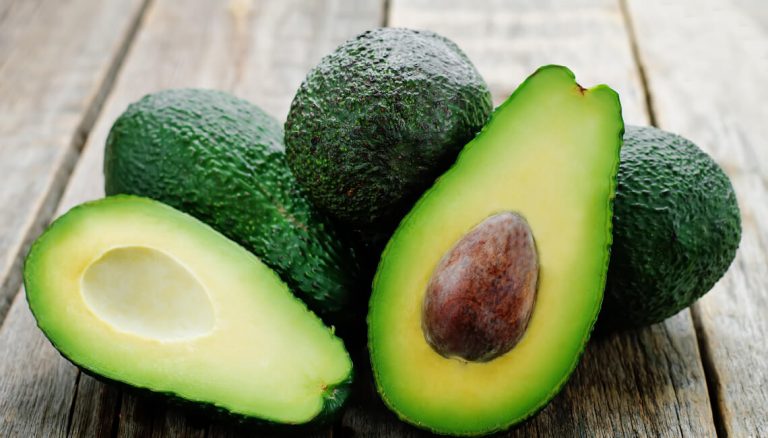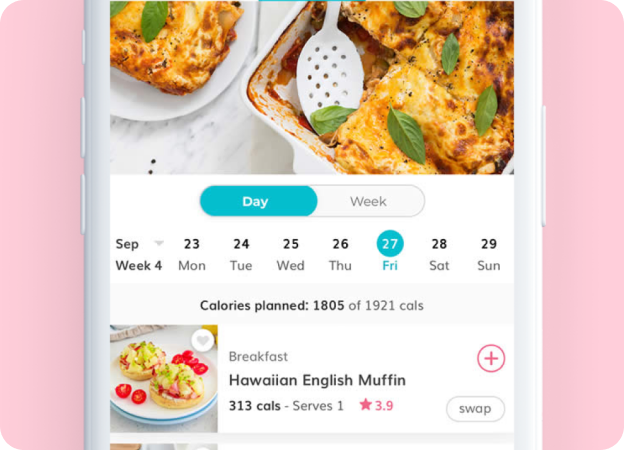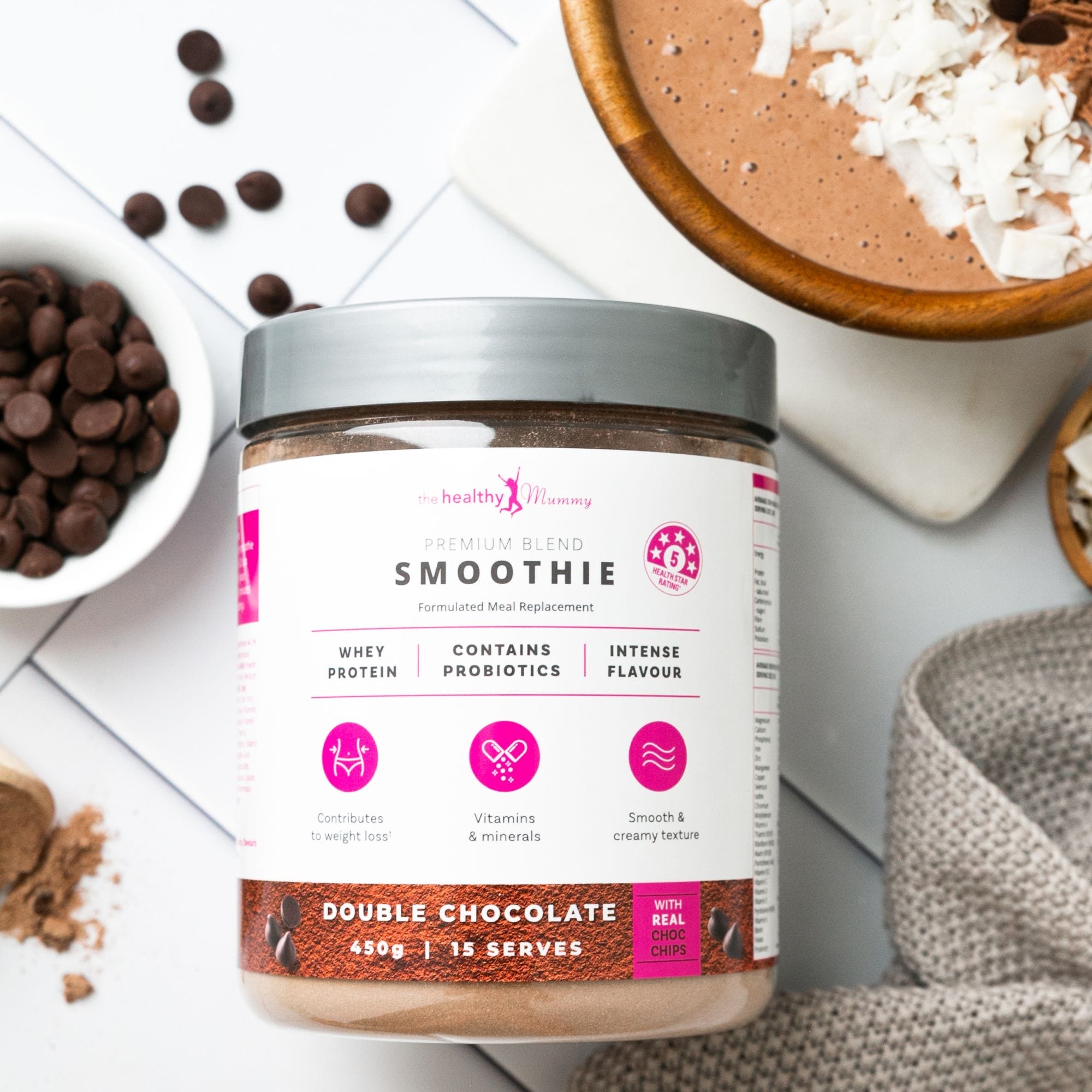Vaginal Tears During Labour And 5 Natural Ways To Prevent Them
We’ve already shared with you the things that doctors don’t tell you about childbirth. However, what was not on that list was the very common symptom of vaginal tears.
Queensland Mum, Marta Browne, has recently spoken about out about just that. Telling of her traumatic experience of childbirth with a third degree tear and how this has affected her both physically and emotionally.

Martha told The Daily Mail that once her labour began, she found herself in “unimaginable pain”. She had an Obstetrician who she says wanted to speed things up and so she was given a drug to help. Also after receiving an epidural that wasn’t successful, Marta found herself being given an episiotomy (which is a surgical cut of the perineal muscle to make more room for the baby to emerge), and third degree tears.
Marta speaks about the pain that this caused her for years afterwards. Saying that every time she “sneezed or got goosebumps it was very painful”. As a result, Marta had great trouble having sex with her Husband and would often end up in tears.

She says that she associated her baby, Abigail, with the pain she endured. So it took her “three months” to form a bond and love her child. Thankfully, even though Marta didn’t think she could ever have another child, she has since completed her family with two more children.
It’s important to realise that not all births are as traumatic as Martha’s was. In fact traumatic births are actually in the minority.
However, vaginal tears and very common with recent research from Medibank showing that 74% of mothers’ experience vaginal tears during childbirth. There are things that women can do during pregnancy to reduce the risk and even prevent vaginal tearing and we’ve found 5 GREAT natural remedies.
5 Natural ways to help prevent vaginal tears
1. The Epi-No
This wasn’t something I was aware of whilst I was pregnant, but if I had of been, I’d have used it! The Epi-No is an inflatable balloon which is inserted into the vagina to help stretch the perineum. It is to be used in the weeks leading up to your due date. Many woman have sworn that the Epi-No is the reason their perineum has remained in tact.
2. Perineal Massage
If birthing a balloon is not for you, then perhaps gentle massage is a less intimidating way to go. Starting from around the 34 week mark, you can use coconut oil or vitamin E cream to rub in to the skin between your vagina and anus at least once a day.
3. Water Birth
My small piece of personal wisdom – water, water, water! Having laboured all three of my children mostly in a warm bath and never experiencing a tear. I truly believe the water was my magic saviour. Not only does it provide a natural pain relief, it also helps to soften the skin of the perineum. Additionally, it relaxes the body and the mind of the woman in labour.
4. Position
Gone are the days where women are to birth on their backs. This position places pressure on the tail bone and and reduces the size of the pelvic floor. Let your natural instincts guide you to your most comfortable position. The least stressful positions on your perineum is on all fours, standing and leaning forwards or laying on your side.
5. Hot Compressions
During the pushing stage of labour a warm towel placed on the perineum encourages the skin to stretch.
For more stories on birth and labour, click HERE









